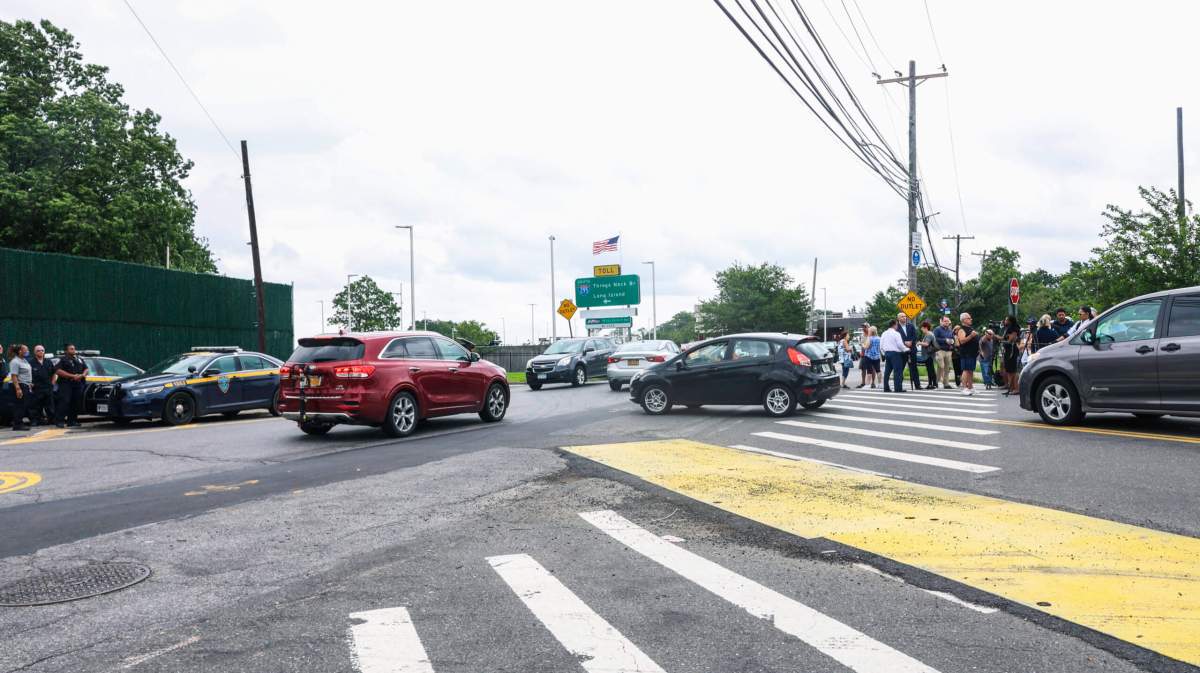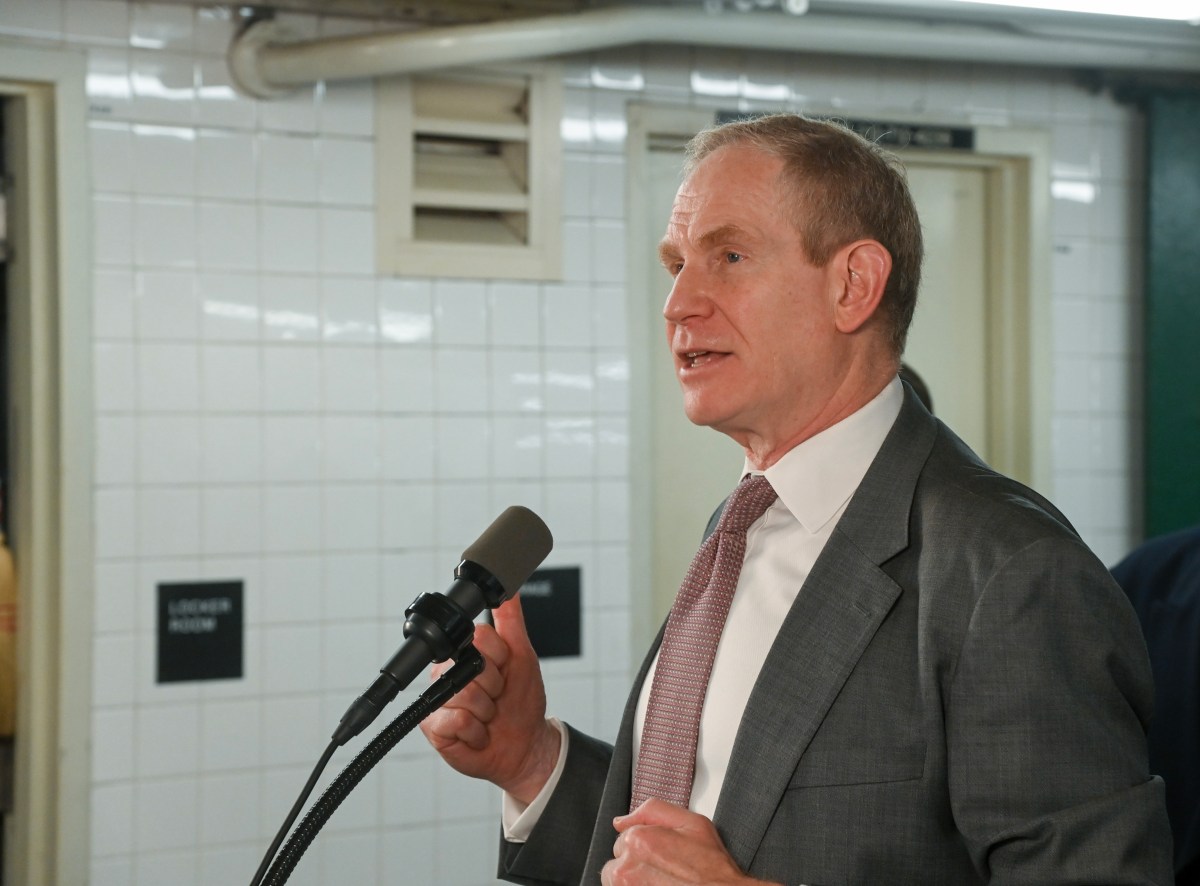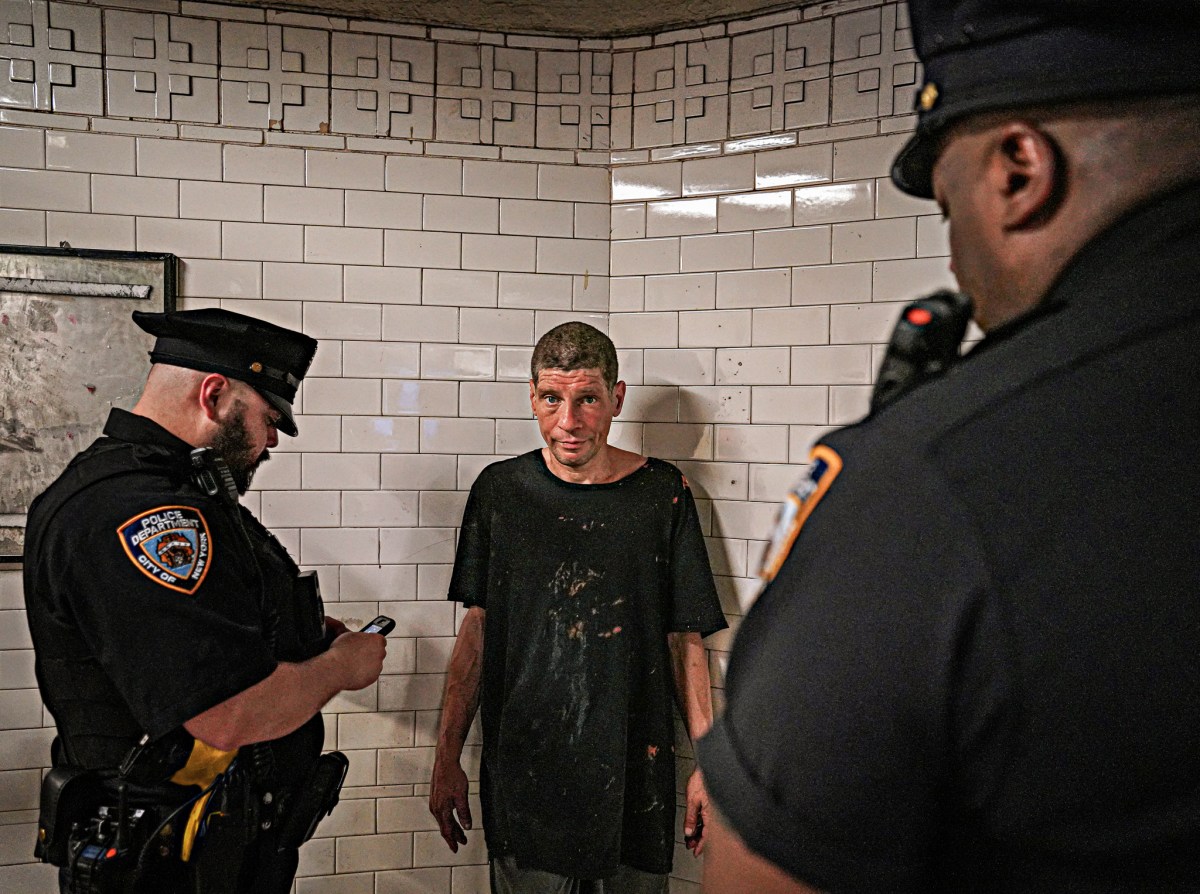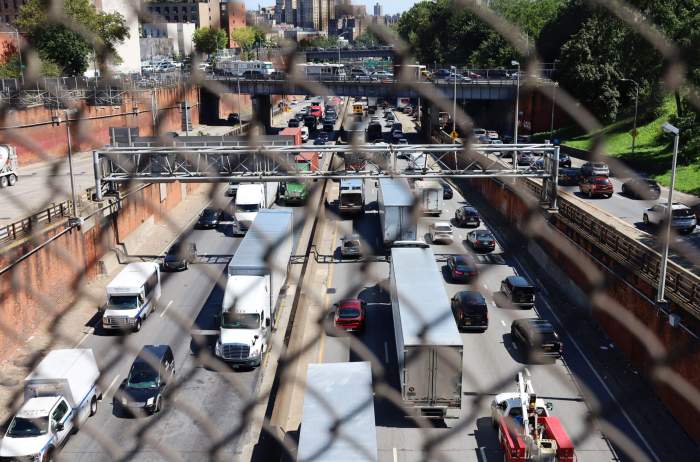While Locust Point residents have continued their calls to close the Harding Avenue entrance to the Throgs Neck Bridge in an effort to alleviate traffic congestion, MTA officials told the Bronx Times that they are not responsible for the traffic management in the area.
MTA officials said that the traffic congestion should be addressed by the NYPD’s traffic enforcement unit.
“The Throgs Neck Bridge has been especially attentive and proactive regarding traffic management on our property, but also — to the extent resources are available — off-property in the local City streets and the Harding Avenue intersection adjacent to our bridge,” said Dave Steckel, spokesperson for the MTA. “These are City streets and traffic management falls under the jurisdiction of the NYPD.”
The Bronx Times reached out to the NYPD for comment but did not receive a response before press time.
The Throgs Neck Bridge is a six-lane bridge that connects the Throggs Neck section of the Bronx to the Terrace section of Queens and averages roughly 5,000-6,000 vehicles daily during 3 p.m. to 8 p.m. peak weekday hours, according to the state’s transportation stats.
The Harding Avenue entrance is an onramp to the Throgs Neck Expressway’s toll plaza, which had been closed on weekends since 2000 after concerns of vehicles using a service road to bypass tolls.
In 2010, Community Board 10 voted to reopen the Harding Avenue entrance to the Throgs Neck Expressway for four hours during weekend evenings hours in order to aid the Marina del Rey catering hall, which is located on Marina Drive. The MTA approved the decision on a six-month trial basis, before making the opening permanent.
Residents of Locus Point have cited that due to hour-long delays and an influx of merging traffic from the Harding Avenue entrance, they have been unable to get off at their exit.
If the transit officials don’t entertain re-closing the Harding Avenue entrance, residents said a compromise would be the addition of a right turn lane at Harding Avenue where it meets East 177th Street.
When speaking with the Bronx Times, The MTA did not express a desire to close Harding Avenue in the near future.
Steckel said that when MTA Bridges and Tunnels — an affiliate agency of the MTA — converted to open road cashless tolling and removed toll booths in 2017, that travel times on the Throgs Neck Bridge had actually decreased.
“The benefits of the non-stop traffic environment include improved travel times and reduced vehicle emissions,” he said. “Following this conversion, back-ups onto the Harding Avenue southbound entrance ramp were substantially reduced. We determined at that time it was no longer feasible to maintain restricted and intermittent access hours to the ramp, which was an unwieldy practice dating back to the pre-E-ZPass and pre-open road tolling era.”
Steckel said that one area of concern regarding the congested roadway is turn-by-turn GPS navigators which are creating confusion among commuters and leading to many cars filling up on local roads when ramps and entranceways are closed.
“Throgs Neck Bridge management will continue to monitor traffic conditions, while encouraging local residents and elected officials to enlist the support of NYPD traffic enforcement agents on these and other local City streets,” he said.
























